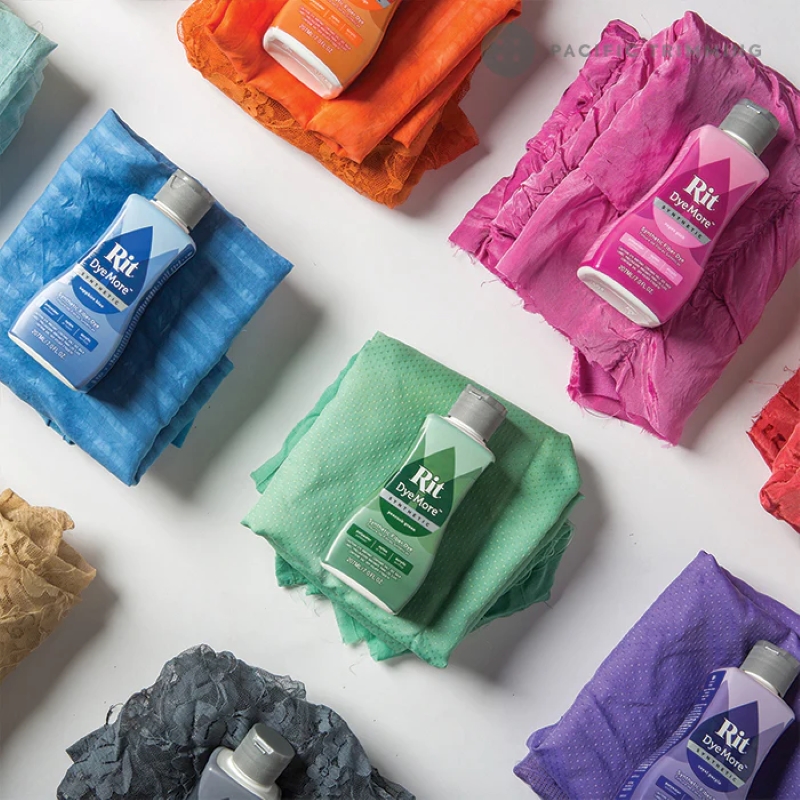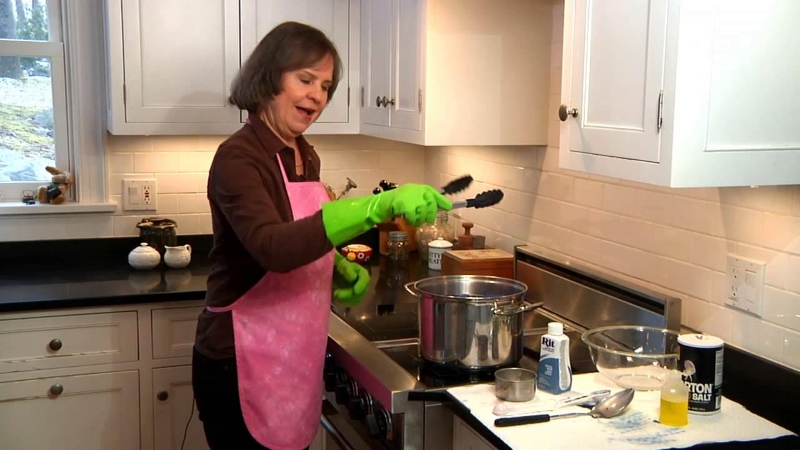We all have some faded pieces of clothing that we just can't get rid of for a reason. But don't worry, using fabric dye can save the day. It can make clothing look brand new and fresh. It's also an easy method anyone can do at home without tons of special equipment and supplies.
Types of Dyes
Fibre Reactive
Fibre reactive dyes have a very good colourfastness. They work perfectly with cellulose fibres like linen, cotton, raime, rayon and viscose rayon. If you’re using this type of dye you’ll need soda ash, salt and Synthrapol. These items will bond the dye to the fibre, fix it and remove any dust and dirt with a pre-wash. Use room temperature or lukewarm water for the process. If you want to use them on materials such as wool or silk, you should add white vinegar to the mix.
Acid Dyes
If you want to dye wool or silk, acid dyes are the perfect choice. They are very concentrated, powdered and will work in hot water. These colours are very vibrant and bright and perfect for protein fibres. They can also work on nylon and Lycra and need acetic acid (white vinegar) to play the role of a chemical assistant.
Union Dyes
Union dyes are also known as universal. They can change the colour of many different fabrics. One of the most popular options on the market for a union dye are the exceptional and reliable RIT dye colours. They're quick and easy to use. That's why they’re the number one choice of experienced and beginner fabric dyers.
They're also non-toxic, safe to use at home and come in liquid and powder form. You can use them on a plethora of materials such as wool, cotton, silk, rayon, nylon, wicker and many more. Dye your garments in some of the most beautiful, bright and vivid colours on the market. RIT also offers a variety of fabric colour removers you can use to make the dyeing process even simpler and easier.
Direct & Disperse Dyes
Direct dyes need hot water to stick to the fabric. Additionally, you should add some salt and sometimes vinegar. They work on natural fabrics such as wool, silk, cotton, linen and rayon. Disperse dyes are made for nylon and polyester materials. They need very hot water to function, are easy to work with but don’t have a lot of colours to choose from.
Methods of Using Dyes
Sink or Bucket
Dyeing the clothing in a bucket or the sink is one of the most popular methods. It's very commonly used for smaller items such as tees and shorts. To determine how much dye you need, weigh the clothing piece. In general, one liquid bottle or 2 powder packages can dye 1 kg of fabric. If you want a bolder colour double the dose.
If there are any stains on the fabric remove them so you get even colouring everywhere. Pre-wash the piece and don’t use fabric softener in the process. Start by protecting the area around you. Cover the surface with a table cover and have something to wipe the stains in case it splashes. Always wear rubber gloves so you don’t stain your hands.
There's a general recommendation that you should use 11l of water for every kilogram of fabric you’re working with. Keep the water at around 60°C. If you add 5ml of dish detergent you’ll get a more even colour dye. First pour the colour into the water and mix it well. If you can, always test the colour to see if it’s too dark or too light.
Next, wet the clothing, squeeze out the excess water and dip it into the bucket or the sink. Stir the contents continuously and slowly for the next 10 minutes. This will help the colour coat every part of the fabric. You can leave the piece inside the bath for up to 1 hour after stirring for 10 minutes. Keep in mind that the material will look darker when wet. When it’s done, rinse it in cold water first, then in warm water with a mild detergent.
Stovetop
When working with the RIT dye colours on a stovetop, the preparation of the material is the same, determine the weight, remove visible stains, don’t use fabric softener, cover the surrounding area with a cloth or some other material and wear rubber gloves for protection. Use a stainless-steel pot and heat it up to 93ºC.
If you’re using powder, dissolve it first in 470ml of very hot water and then pour it into the pot when the water starts to simmer and mix well. If you can, make a colour test with a piece of fabric to make sure you’re getting the colour you want. Again, wet the item, squeeze out the excess water and dip it into the pot. Make sure you keep the temperature at a low simmer during the whole process.
Washing Machine
Don't be worried if you’re using RIT textile dye in the washing machine. Their dyes won’t stain the inside or any metal part. If you have a front loader set the temperature to the hottest possible and choose a washing cycle that lasts at least 30 minutes. While wearing gloves, mix the powder or the liquid with 950ml of very hot water and stir.
In another container, mix 250 ml of salt and 950 ml of very hot water if you’re working with natural fibres. If you’re working with synthetics mix 240 ml of vinegar and 470 ml of hot water. Start the cycle, remove the detergent cup and pour the dye solution into the dispenser and then the vinegar one. Once the cycle is done, rewash the clothes in warm water with mild detergent.